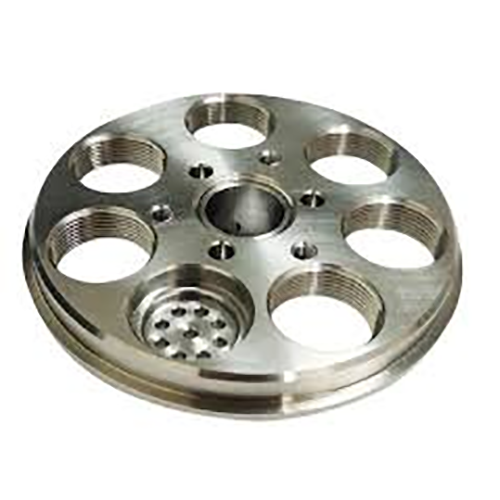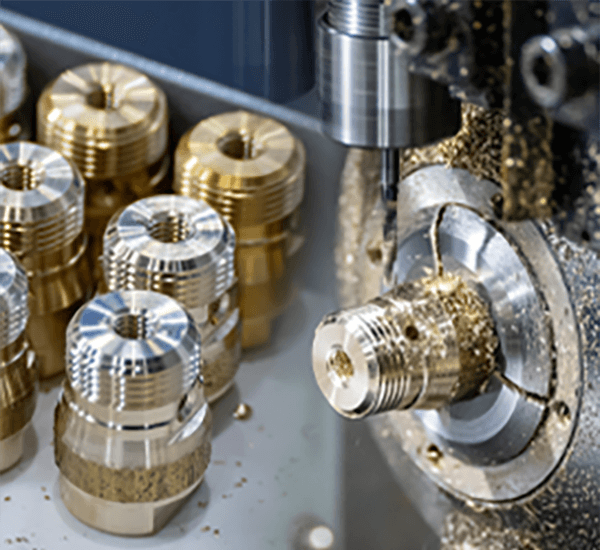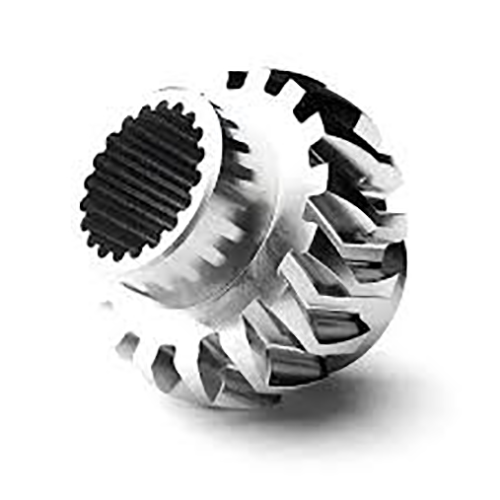
Achieving specified outer texture for a fabricated unit remains essential.
- Drawing callouts communicate precise surface requirements for machined parts
- Engineers often specify Ra (average roughness) to numerically define surface irregularity
- Interpreting finish callouts is necessary to guarantee parts satisfy functional criteria
- Prescribed surface characteristics govern lubrication, abrasion, and longevity
- Proper decoding of specifications is critical to deliver the expected finish
CNC Machining and Precision Engineering

CNC machining is a transformative approach within manufacturing via numerical control software the system carves sophisticated geometries with precision.
- Programmed mills and lathes produce top-tier parts across material types
- The versatility of CNC machining makes it ideal for aerospace, automotive, medical, and electronics
- CNC processes produce uniform parts with high repeatability over runs
From prototyping to mass production CNC machining plays a pivotal role in shaping modern manufacturing
Comprehending CNC Machine Specifications
Making sense of CNC specs can seem confusing on first pass
Even so practical familiarity and a systematic plan enable decoding machine specs
Open by noting essential values: spindle speed, feeds, accuracy, envelope, control type
Each of these specifications contributes to the machine's overall performance.
Consider that higher spindle velocity suits pliant materials while elevated feed boosts capacity.
Understanding these relationships will allow you to select the right CNC machine to match your specific requirements
Remember to consult the manufacturer's literature thoroughly.
Maker resources usually present informative direction and demystify jargon
CNC Machines Explained: A Full Guide
Computer-operated machining stations are programmed units for precise automated part fabrication across materials They operate by interpreting digital instructions called G-code to control cutting tools or other actuators.
- Examples of CNC types are vertical mills, CNC lathes, CNC routers, plasma cutters
- Machining operations fit metal, plastic, wood, and composite workpieces
- Moreover CNC platforms enable rapid model creation and small-batch production for SMEs and R&D teams
CNC Fundamentals and Principles
They manifest coupling of mechanical fidelity and complex software governance Adaptive tools rely on coded programs to manufacture from simple elements to detailed structures Key principle turns electronic models into physical artifacts.
- Numerical control manufacturing
- Code-driven production workflow
It comprises controlled axis moves directed by programmed code Skilled staff determine cutting conditions, observe operations, and verify finished part quality.
Surface Finish Effects in CNC Production
Achieving the desired surface finish in CNC machining is crucial It changes how a part performs and how it looks Stock properties, cutting settings, and finishing operations determine surface result.
Refined surfaces boost longevity; rough surfaces can diminish functional performance Code-driven machining enables selective tooling and techniques to attain required textures.
- Including selection of alternative tool profiles |coated inserts|spindle rpm choices to produce target surface
- Supplementary finishing like polishing or abrasive grinding enhances surface
Recognizing how feeds, speeds, and tool geometry interact yields optimal finishes.
CNC Fundamentals: Operations and Uses
Programmed machining provides accurate part shaping across multiple material types They follow G-code sequences to generate complex parts reliably Awareness of G-code, tooling, and machine operation aids successful production
Industries that use CNC range from aviation and automotive to medical and electronics From intricate propeller parts to exacting mold inserts, CNC produces accurate geometries
Notation for Surface Finish on Machined Parts
Exact finish callout is important for CNC component manufacturing It verifies compliance with intended functional and aesthetic goals Manufacturers often rely on Ra (roughness average) to represent surface finish Measured in micrometers or inches, the number reflects mean surface roughness height.
Factor in desired smoothness and the component’s functional purpose when setting finish callouts

Typically smoother finishes are chosen where tight dimensional control and alignment matter
Alternatively textured surfaces may aid applications needing traction or increased friction
Include unambiguous roughness values in drawings to specify finish demands State the Ra figure and any extra machining or finishing instructions required.
Remember that effective surface finish callouts are key to achieving a successful manufacturing outcome
Kinds of CNC Machines and Their Strengths
Numerical control machining comprises numerous machine types engineered for diverse applications They work with CAD/CAM programs to command cutters and deliver accurate component fabrication.
- Boring and drilling equipment generate accurate holes and internal features
- Lathe machines operate on a rotating axis ideal for producing symmetrical parts with smooth surfaces
- Waterjet tools cut ceramics composites and metals with no heat-affected zone
The choice of CNC machine depends on the specific project requirements materials being worked with and desired precision Every machine class brings specific strengths that serve sectors like aerospace and automotive.
Obtaining High-Quality Surface Finish with CNC
Securing excellent surface finish plays a key role in production and CNC methods enable that outcome Through tailored feed rates spindle selection and tool design engineers control surface formation and limit imperfections Coupled with high-quality tools and correct fluid use, finish quality is elevated Well-chosen cutting tactics plus careful setup empower manufacture of parts with exceptional surfaces.
Realizing Finish through CNC Code
Programming skills that affect finish are critical for reaching surface goals Combining feed, speed, and tool form strongly affects surface pattern and roughness Meticulous parameter tuning together with suitable coolant use promotes smoother finishes.
- Besides that systematic tool upkeep and monitoring ensure sustained surface quality Continuous tool maintenance and oversight preserve high finish consistency Continuous tool maintenance what is meant by cnc machine and oversight preserve high finish consistency
- For ideal finishes weigh material choice, roughness spec and usage demands
- Simulation aids in adjusting parameters virtually to prevent surface problems
- Plus regular inspection and maintenance of tools copyright finishing standards
